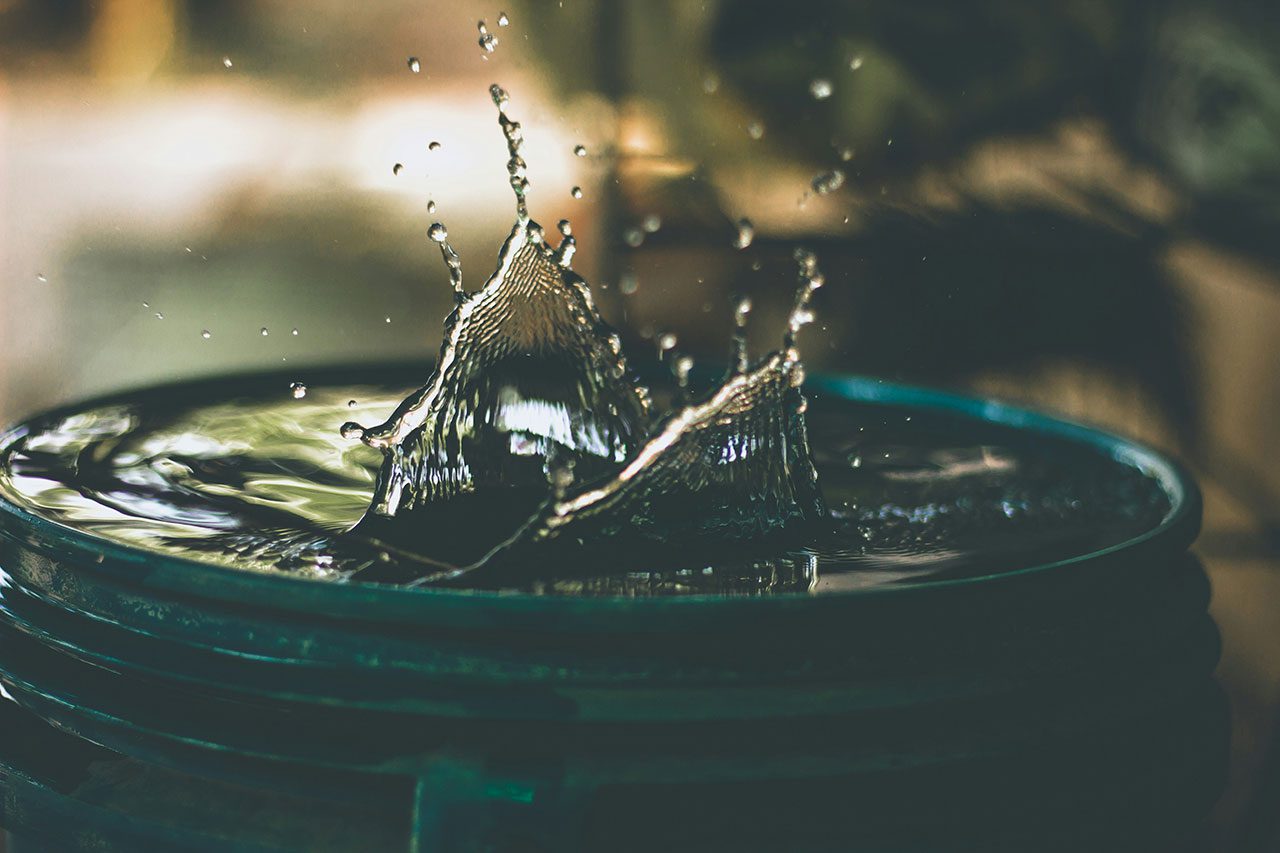
The Lowdown on purchasing a Hot Tub: Don’t get sunk by the, Buy Cheap, Buy Twice, trap.
“The bitterness of poor quality remains long after the sweetness of low price is forgotten” – Benjamin Franklin’s words still sting today, especially when it comes to hot tubs.
With a decade of experience in the manufacturing industry, we’ve seen our fair share of subpar products flooding the market. Some new manufacturers entering the industry try to cut corners, asking us for advice, asking to ‘collaborate’, stealing with their eyes and eventually churning out cheap alternatives that barely last a season. We’ve worked with clients who’ve been burned by these inferior products, and we’ve learned what works and what doesn’t, one replacement after the other.
Enjoy the read and remember … buy clever and buy only once…
Our Take on What Matters …
So, what sets us apart?
– NO TO PLASTIC: We ditch the cheaper plastic inner tub alternatives that warp, fragment, or crack after a few months. A fibreglass tub is the way to go, outliving its owner and perfect for high commercial usage. We have experienced enough frustrated clients replacing their cheaper tubs after a year with quality that will last. Let’s face it, plastic is made for water tanks, not hot tubs.
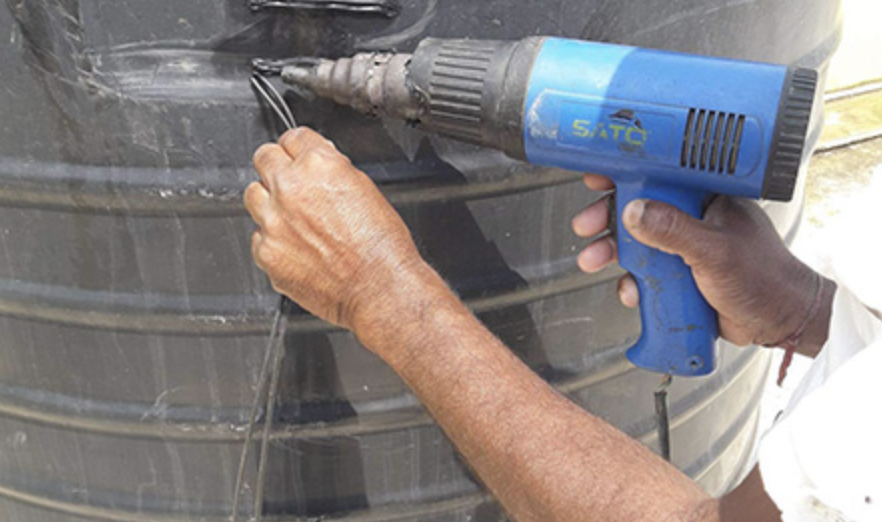
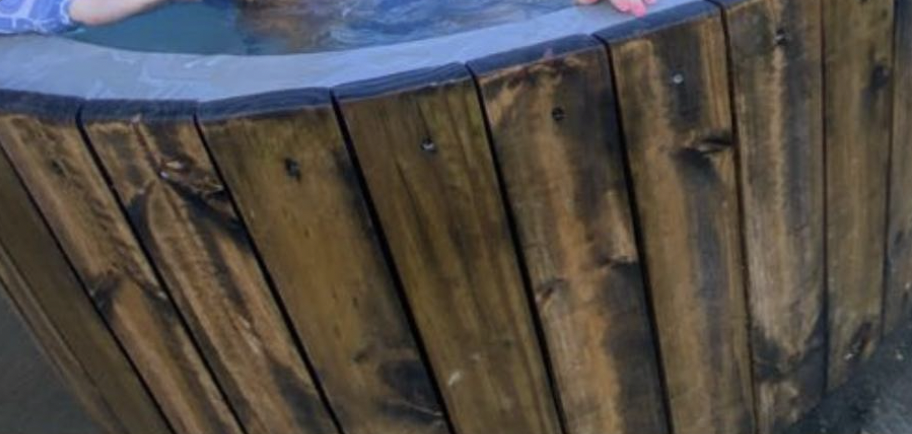
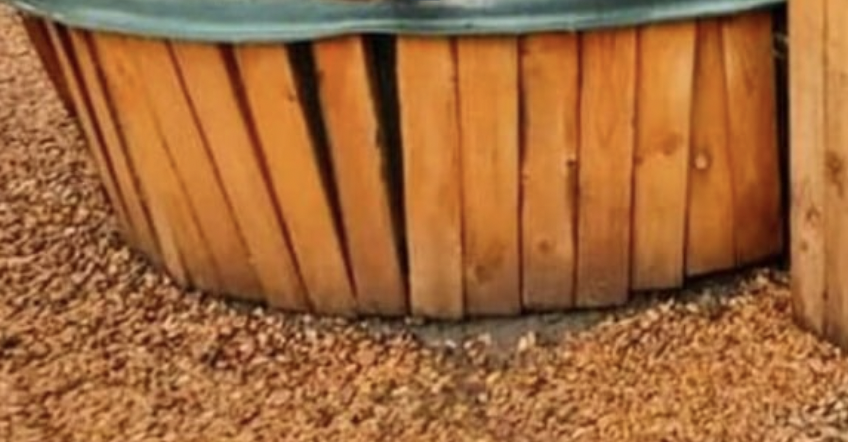
– SAY NO TO INTERNAL HEATERS: We say no to internal water heaters that pose a burn risk, especially for your hospitality clients, your family and especially the kids. (And boy, do we have the pictures to prove it !) Your safety is paramount! After replacing 16 tubs for a single lodge due to repeat burn wounds from their guests, it is safe to say, the external fire coil is the only way to go. Lastly, these internal snorkel water heaters do not create any form of hot water circulation, often heating the water directly in contact with the unit creating extreme hot and cold spots.
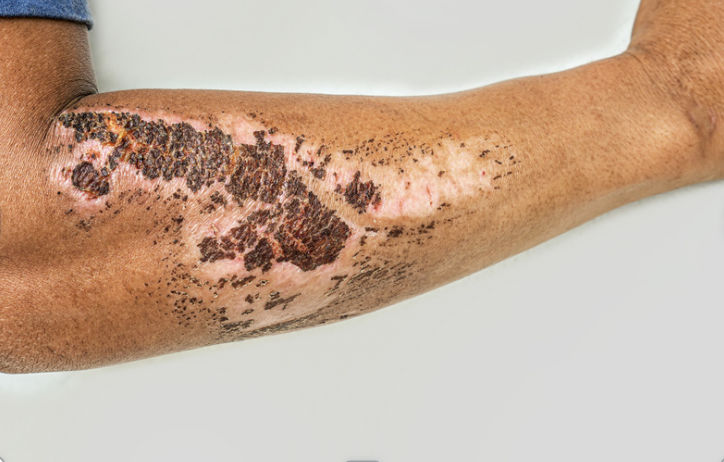
– EASE OF CLEANING : We’ve seen our fair share of gross internal ‘snorkel’ heaters clogged with scum and debris. Our design prioritizes cleanliness, making it easier to maintain your tub. No more complaints from guests about debris floating in the newly replaced water. On a side note, remove that internal water heater… and clean behind it … THAT is where the debris are coming from. The external fire coil is the hygienic way to go.
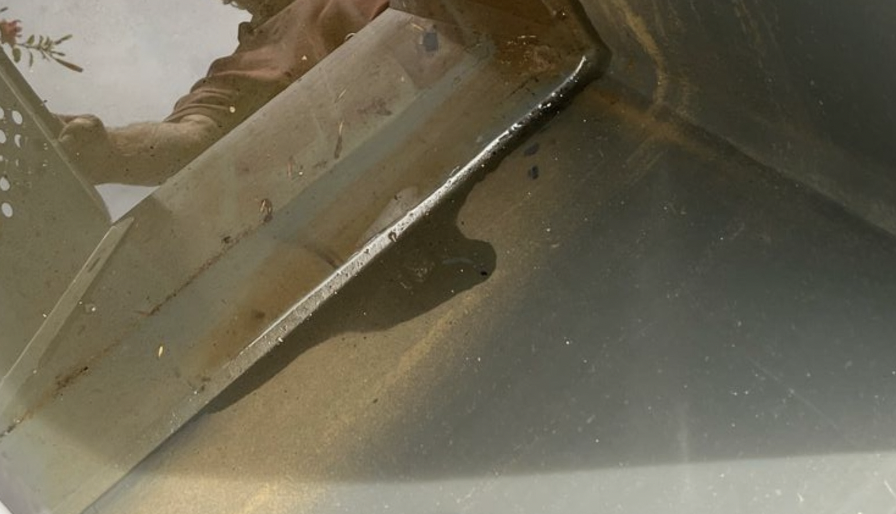
I want a Hot Tub so what now? …The Bottom Line
Don’t get sucked in by cheap prices and inferior products. Invest in a quality hot tub that will stand the test of time, developed by professionals with over a decade of experience in the industry, and over 30 years experience in the fibreglass industry. With a small price difference, you can land a product that will provide years of relaxation and enjoyment. Choose wisely and you will be soaking in bliss for years to come.

